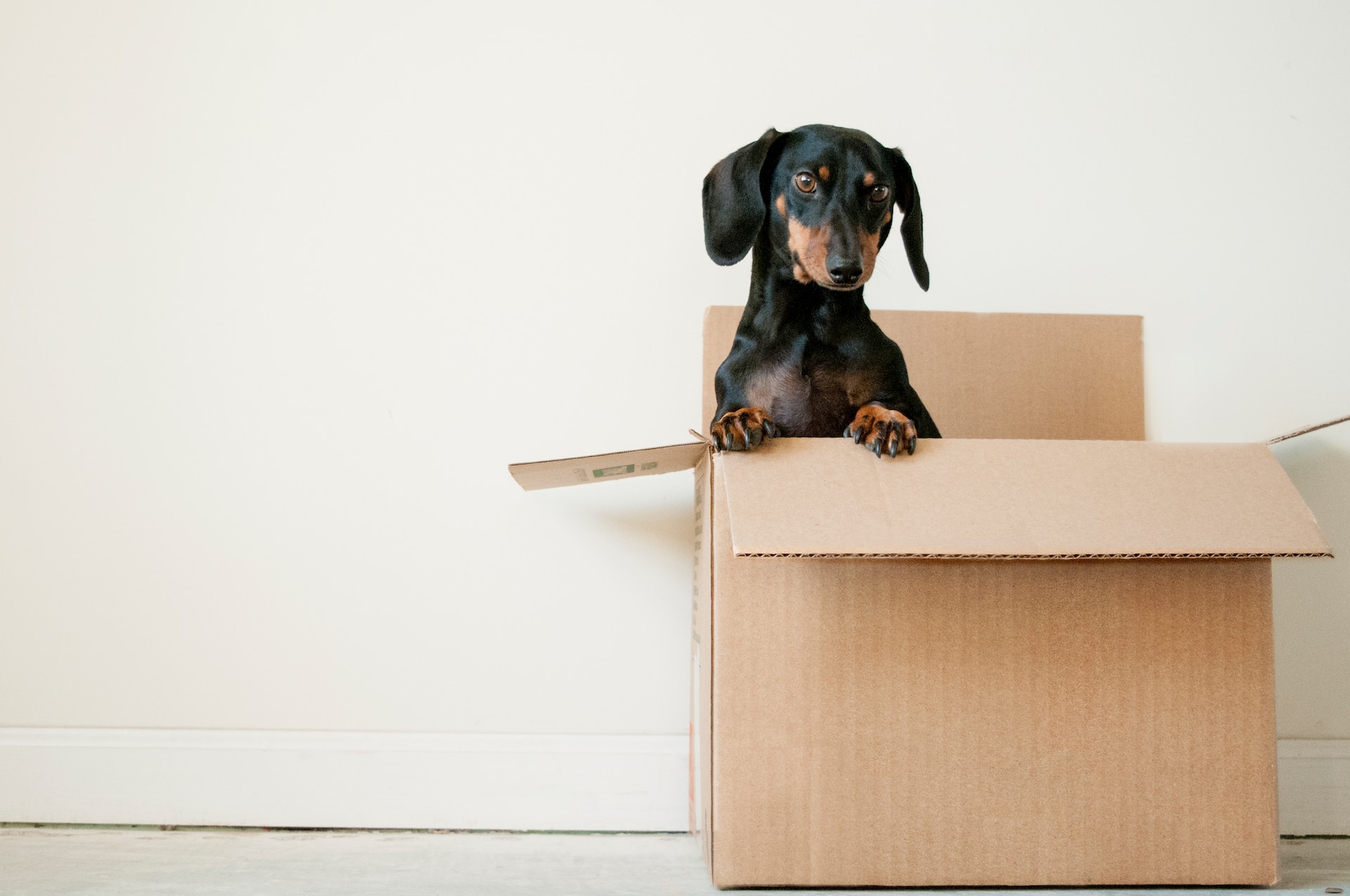Moving to a new home/location can be stressful, not just for human family members but also for pets and especially for dogs. Pets are often overwhelmed and anxious when introduced to a new environment, which can lead to undesirable behaviors and even health issues.
To ensure a smooth transition for your furry companions, it is essential to provide them with proper post-move care. Follow these guidelines to ensure that your pet feels comfortable, safe, and loved in their new home.
Whether you have a German Shepherd Belgian Malinois mix, a Doodle dog, or any other pet, these strategies will help you create a seamless, stress-free transition for your furry friend.
Table of Contents
Preparing Your New Home for Your Pet
Prior to moving in, take the time to prepare your new home for your pet. This will help to alleviate some of the anxiety your pet may experience during the transition.
- Pet-proof your new home: Make sure to keep all the valuable items, as well as, dangerous items, such as chemicals, medications, and sharp objects, stored securely out of your pet’s reach. Install childproof locks on cabinets and cover electrical outlets if necessary.
Additionally, secure any loose wires and cords and remove any houseplants that may be toxic to your pets. This is a good time to re-evaluate your pet’s sleeping and feeding areas and ensure they have adequate space and privacy.
- Set up a familiar space: To help your pet acclimate to its new environment, set up a designated area in your new home that includes your pet’s familiar items such as beds, toys, and blankets. This will create a comforting and familiar space for your pet during this stressful time of change.
- Provide a quiet room: On a moving day, designate a quiet room for your pet to retreat to while movers are coming in and out of your home. This will help reduce stress and anxiety for your pet as they navigate the hectic pace of the day.
Creating a Routine
Maintaining a consistent routine is crucial to help your pets settle in and feel secure in their new home. Pets tend to thrive on consistency – the knowledge of what will happen next helps them remain calm and confident. As soon as you move into your new home, establish a routine that includes regular feeding times, walks, play sessions, and bedtime.
- Feeding schedule: Having a consistent feeding schedule will help your pet adjust to their new environment. Feed your pet’s meals at the same time every day to help them settle into their new routine.
- Walking routine: If you have a dog, establish a consistent walking routine that includes a familiar route and consistent timing. This not only helps your dog adjust to the new area but also encourages regular exercise, which is beneficial for reducing anxiety.
- Playtime and bonding: Provide regular play sessions with your pet to build trust and familiarity in their new home. This is a great opportunity to explore the new house together and create positive associations with their new environment.
Reducing Anxiety
It’s crucial to take extra steps to minimize your pet’s anxiety during the transition into their new home. Here are some strategies to reduce anxiety:
- Spend extra time with your pet: Moving can be emotionally draining for both people and pets, so try to spend as much time as possible with your pet to reassure them that they are safe and loved.
- Use calming aids: If your pet struggles with severe anxiety, consider using a calming aid, such as a pheromone diffuser, calming spray, or even a thundershirt (for dogs). These products can help your pet feel more relaxed during the transition.
- Be patient: Understand that your pet may be anxious and display some unusual behaviors during the transition. Be patient and show them love and positivity to help ease their anxiety. It can take anywhere from a few days to several weeks for a pet to feel at home in a new environment.
Read Aussalier Dog Breed Facts
Socializing Your Pet in the New Neighborhood
Introducing your pet to their new neighborhood is an essential part of the acclimation process.
- Gradual exposure: Give your pet time to adjust to the sights, sounds, and smells of their new surroundings. Start by exploring your new backyard with your pet, then gradually venture out into the neighborhood to help them become more comfortable with the new area.
- Encourage friendly interactions: Being in a new environment means new people and potentially new animal friends for your pet. Encourage positive interactions with neighbors and other pets, but remember to always supervise these meet-and-greets to ensure a safe experience for all involved.
- Enroll in a training program: If your pet is experiencing behavioral issues due to the move, consider enrolling them in a training program to help them learn appropriate behaviors and adapt to their new environment. This can also provide an opportunity to socialize with other pets.
Conclusion
Moving is a challenging process, but with patience, understanding, and support, your pet will eventually adjust to its new home. By proactive planning and taking the time to create a comforting, familiar environment, you will set your pet up for a successful transition.
Stick to a routine, offer consistency, and provide loving reassurance to help reduce anxiety levels. In time, your pet will feel at home in their new space and your entire family will be able to enjoy this new chapter in your lives together.
Recommended read – Karo Syrup Uses










